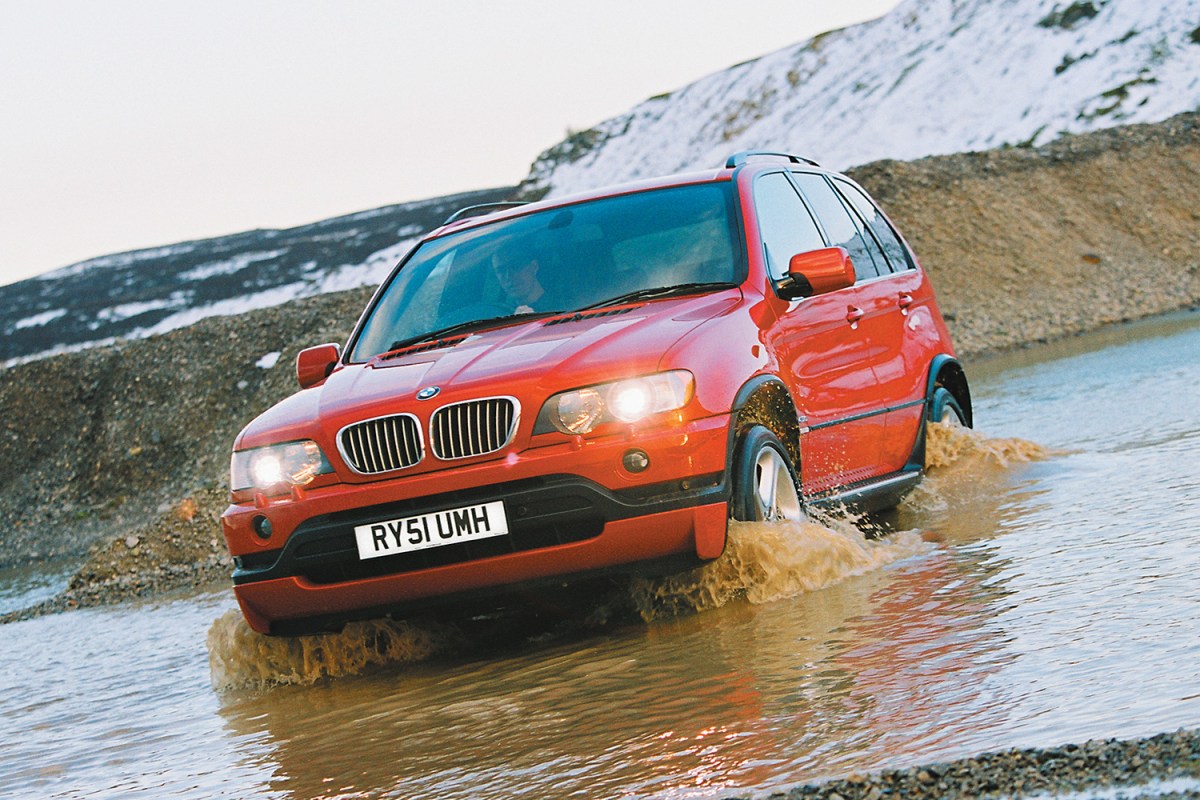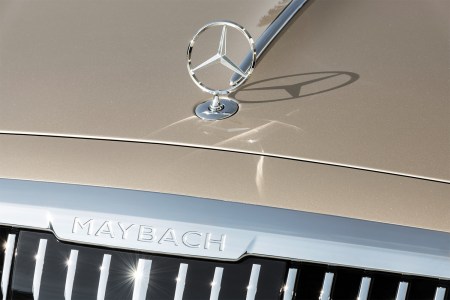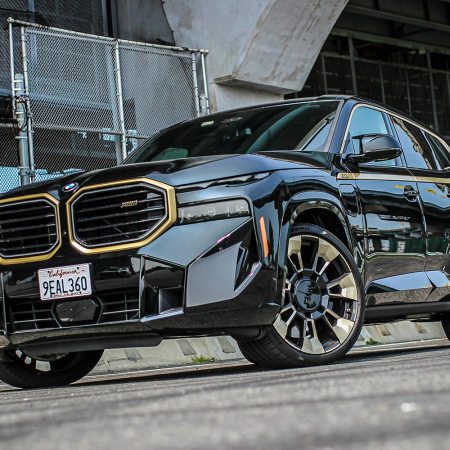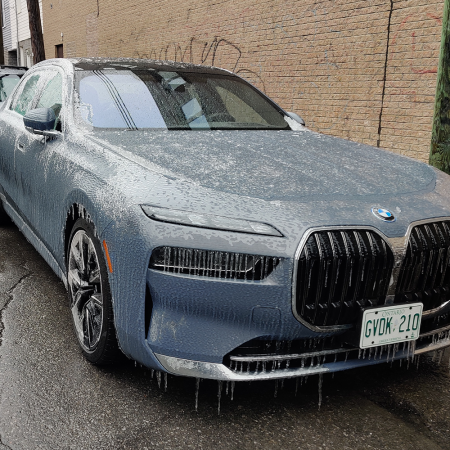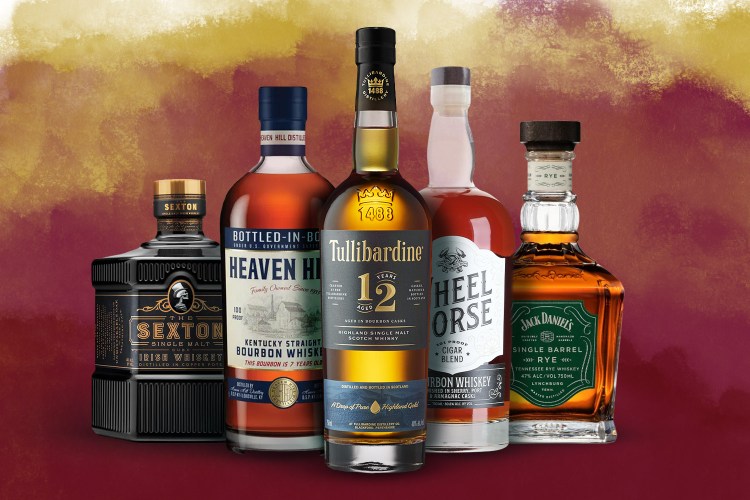After more than a quarter century of near total market saturation, it feels normal for a luxury brand’s showrooms to be dominated by SUVs. Flashback to the 1990s, however, and the concept of a high-end 4×4 was still largely an unexploited niche.
Although companies like Jeep had tempted the landed gentry with stealth-wealth rides like the Grand Wagoneer, and Range Rover had courted deep-pocketed, Euro-curious Americans with their own rough-and-tumble fare, it wasn’t until the middle of the decade when models like the Mercedes-Benz M-Class and its Lincoln Navigator and Cadillac Escalade follow-ons appeared that the idea of a plush people-mover really began to take off.
The genesis of the BMW X series — the branding given to the German marque’s own line of SUVs — was driven by several disparate forces that wove together during that decade to form a compelling thread of opportunity for a brand that was looking to make a bigger splash in the American market. Although BMW had been intrigued by the idea of building its own trucklet for quite some time, it wasn’t until the company acquired a controlling stake in the troubled Rover Group in 1994 that things began to move forward in earnest.
Borrowing From the Best
It’s difficult to express just how dire the Rover Group’s financial straits were during that period. Nearly everything about its corporate apparatus was dysfunctional, a fact that quickly became apparent to BMW’s board. Even as it tried to right the ship and get sales heading in the right direction, Rover continued to hemorrhage cash at a catastrophic rate.
There was one silver lining associated with the acquisition, and that was access to the intellectual property of Land Rover, whose own dismal fortunes were tied to the larger Rover Group. This proved to be the kick in the lederhosen that BMW’s design and engineering teams needed to get serious about the vehicle that would serve as its first-ever sport-utility (or “sports-activity vehicle,” to borrow marketing-speak that never caught on): the E53-generation X5.
The Life, Death and Rebirth of Maybach, Mercedes-Benz’s Unstoppable Ultra-Luxury Zombie Brand
Tracing the Bentley and Rolls-Royce fighter through its 100-year history, from disaster to recent resurrectionIn that era, a key to legitimacy in the eyes of the SUV faithful was an aura of rugged capability. It’s here that having Land Rover in-house proved fruitful: While the X5 maintained a unibody construction and an independent rear suspension that guaranteed on-road compliance and the kind of sporty performance BMW drivers were accustomed to, it also borrowed features like hill-descent control and off-road driving modes that gave its development team a leg up.
Other aspects of the X5 were lifted straight from the BMW 5 Series sedan, including its drivetrains, which accounted for the unusual inclusion of a manual transmission (the first and only X5 generation with this optional gearbox). Although ostensibly aimed at tough terrain, BMW programmed the SUV’s all-wheel drive system to shuttle most of its torque to the rear wheels to preserve steering feel and once again underscore daily driving fun when not on the trail.
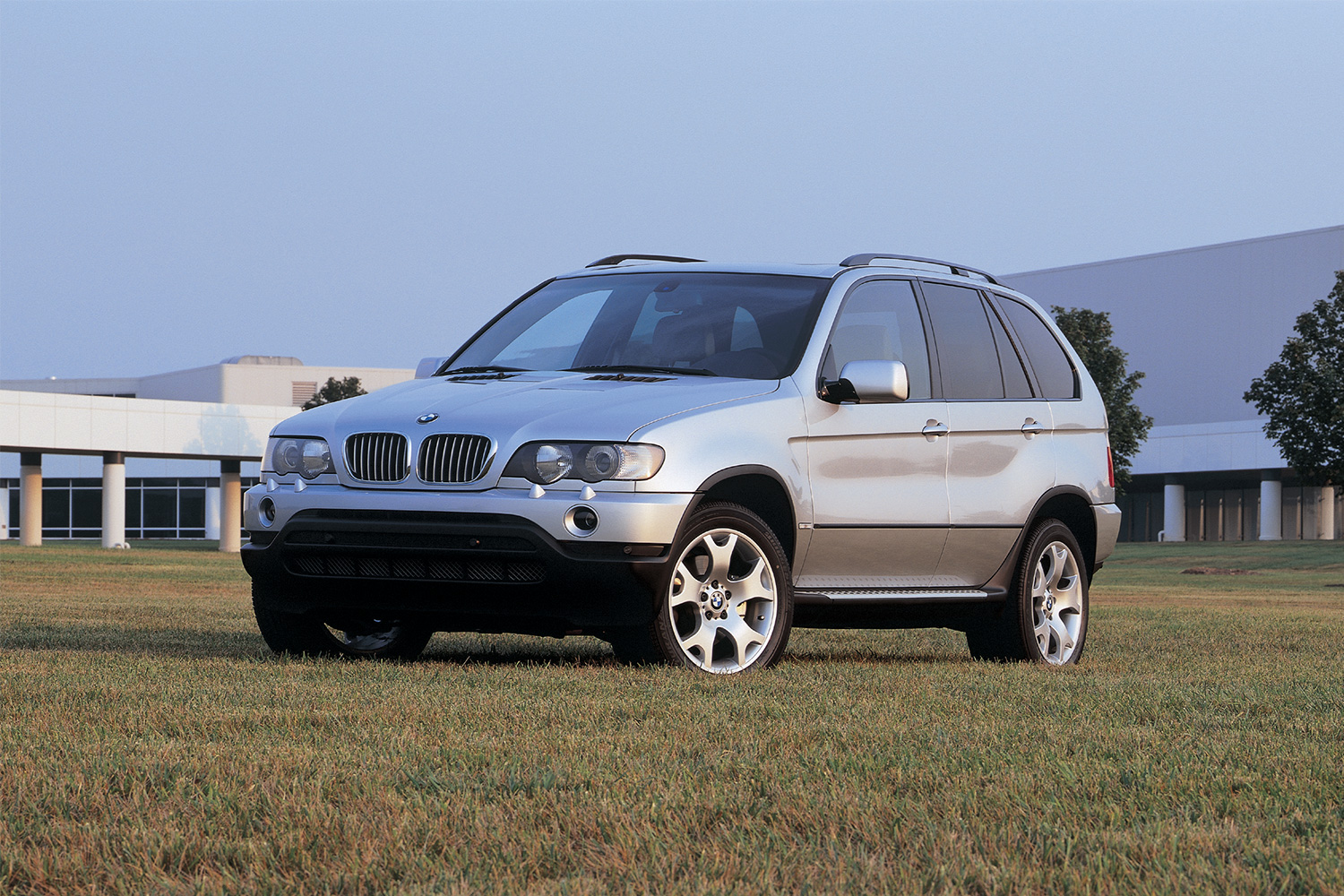
Making It in America
The BMW X5 was just the beginning for the brand’s X-related intentions. As the early furor surrounding true off-road capability began to fade from consumer tastes, companies in the luxury space began to expand their sport-utility offerings across a much wider range of styling cues and customer profiles.
BMW was no exception to this proliferation. In fact, that had been the plan all along: The German automaker had purchased a plot of land in South Carolina where it built its Spartanburg plant, which would handle production of every single BMW SUV sold in the United States (and a huge chunk of its global inventory, too), starting with the original X5 in 1999.
Why assemble the X clan on American soil? The company quickly identified the United States as its main market for these larger-than-Euro-standard autos, and the savings associated with building where you sell simply made economic sense.
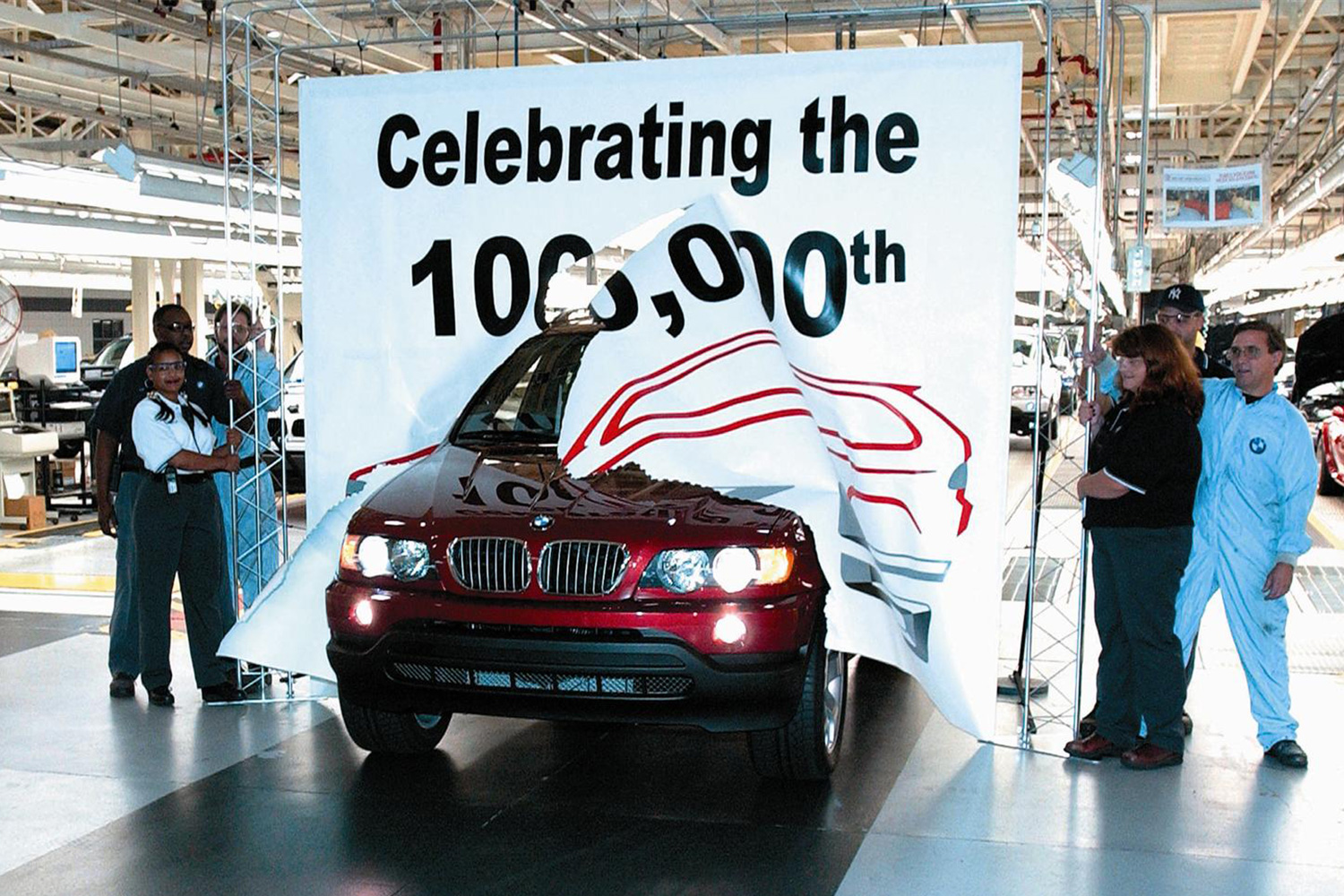
Early Stumbles and Successes
Gradually, the X5 was streamlined more towards asphalt performance than true trail warrior. The reward for BMW was a four-fold increase in sales in its fourth year on the market, with more than 100,000 units heading out the door. Clearly, it was time to add to the X family, and the company did so in 2003 with the X3, a smaller, more affordable clone of the X5 that paired with the 3 Series sedan in terms of platform and drivetrains.
Here came the first stumble for BMW X. In pursuing its sporty mission, the brand had neglected to consider that buyers might actually be looking to take advantage of the extra space and all-wheel drive capability offered by the X3’s SUV shape in a daily setting. Few customers were willing to grin and bear the original vehicle’s overly-sprung suspension, especially since it didn’t translate into anything resembling meaningful off-road capability.
Having learned its lesson, BMW worked to massage the X3 platform to be more comfortable in the daily grind, and after a few years both it and the X5 had become a formidable one-two sales punch that were driving fantastic profits into the company’s coffers.
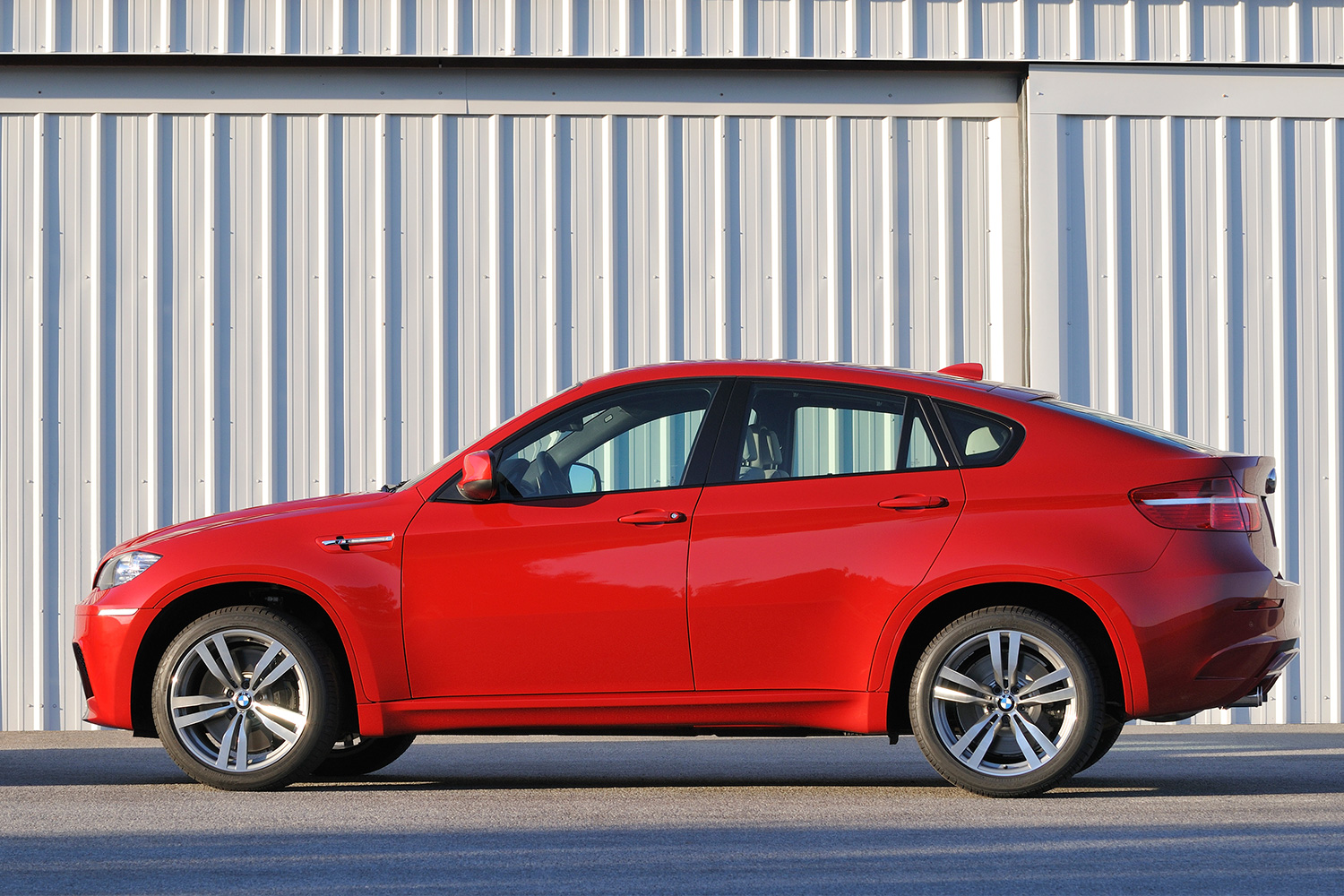
Making the M-ost of Motorsport
It’s roughly at the end of the 2000s, its pockets flush with easy SUV money, that things began to get weird at BMW. With the luxury industry besotted by the concept of the “four-door coupe,” a sedan with a plunging roofline that cared more for style than practicality, BMW designers went all-in on a “sports-activity coupe” of their own: the X6. Based entirely on the X5 platform, but featuring beefed-up flanks and a headroom-robbing silhouette that truncated its hatch (and cargo area) in favor of making an impression, the X6 arrived in 2007 as perhaps the most polarizing SUV of the decade.
BMW wasn’t done tweaking the noses of brand purists. Two years later, the X6 was joined by the X6 M, the very first BMW Motorsport model to feature both all-wheel drive and an automatic transmission (not to mention a two-ton curb weight). Joined by the X5 M, these two high-performance monsters scandalized an industry where the idea of a muscled-up truck bearing the automaker’s vaunted M badge was tantamount to heresy. Nevertheless, sales were strong and profits were even stronger, making M a permanent part of the X landscape, with several additional family members to follow.
It’s also worth noting that the X6 introduced the first hybrid system from BMW (ActiveHybrid), another innovation that would quickly proliferate throughout the rest of the SUV, sedan and coupe lineups.
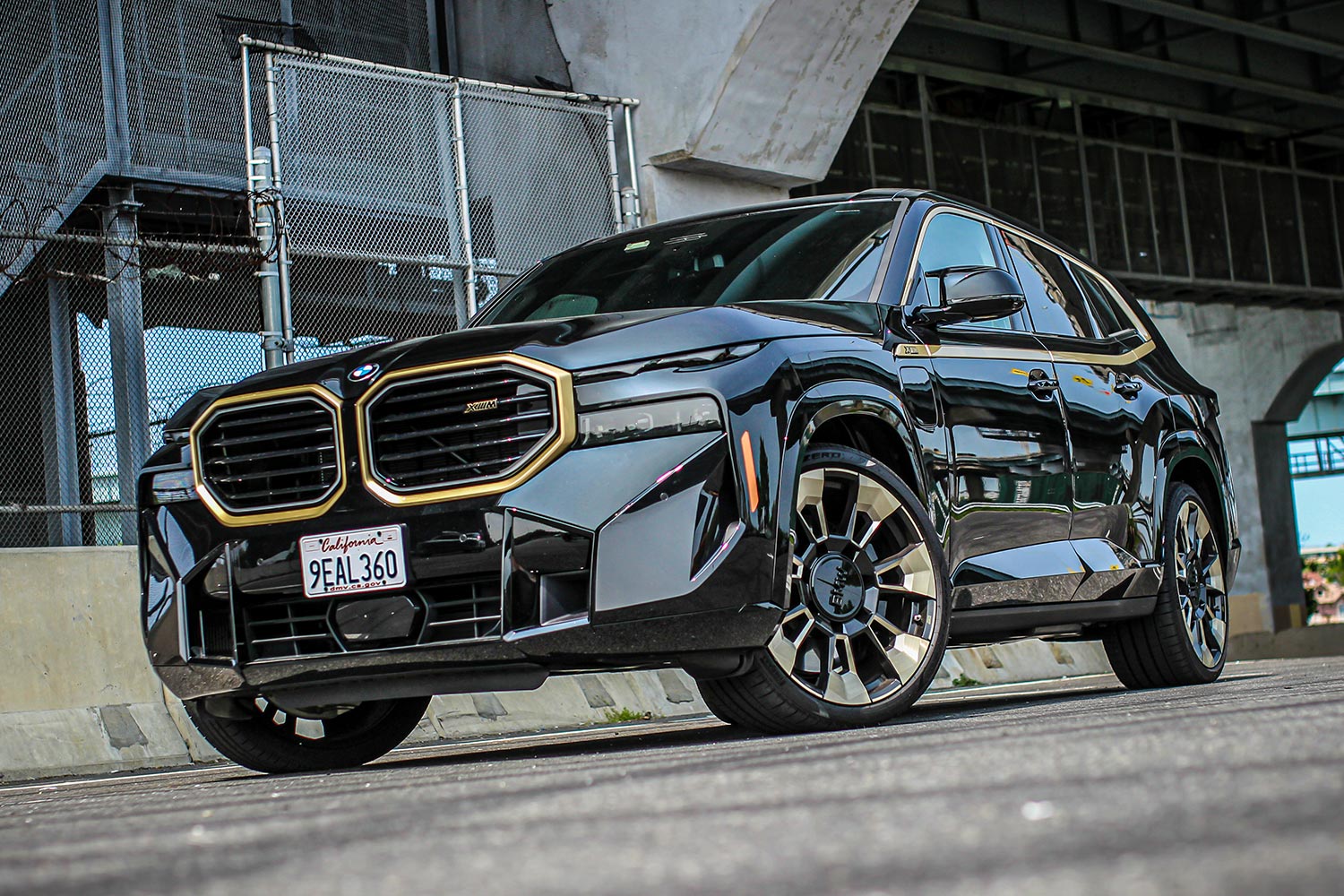
X-perimentation
With the M barrier broken, BMW’s approach to its SUV development became more experimental over the course of the next decade. Freed from the history and expectations attached to its traditional four-door and two-door offerings, and having survived the furor over its plus-sized M strategy, the company was able to use its sport-utilities as a sort of test bed to see how customers would react to more dramatic changes from the brand (in addition to a few white space-filling models like the X4, a shrunken-down X6 coupe at a more affordable price point).
One of the first test balloons came in the form of the BMW X1, a model that shrunk down the X formula into a subcompact footprint that more closely resembled a tall wagon than a traditional SUV. Originally held out of the American market, after it arrived in the U.S. in 2012 it quickly shed its 3 Series roots in favor of a front-wheel-drive-based platform (albeit one outfitted with an all-wheel-drive system) shared with corporate stablemate Mini. This made the second-generation X1 the first BMW to deviate from the driving dynamics associated with a rear-wheel-drive layout, and instead emphasize the practicality of the vehicle over its fun factor.
This refocus proved to be successful for the X1, and it spawned a sibling — the X2 — that more directly challenged its SUV definition. Much as the X1 had initially leaned into a wagon look, the X2 featured the same mechanical details but shrunk its styling to resemble a hatchback on stilts more than a sport-utility. It became the performer of the two, going after hot-hatch accolades with more robust turbocharged drivetrains and a lowercase “M” treatment of its own (the M35i).
This open-minded approach continues to this day, with BMW also turning to X to serve as the foundation for its first plug-in hybrid M model. The XM is the first ground-up electrified model to join the M lineup, its considerable bulk ideal for carrying the battery pack paired with its twin-turbo V8 to deliver its 650-horsepower punch. Upon its arrival in 2022, it became the first M machine not to share its platform with any other BMW model since the M1 supercar of the late 1970s.
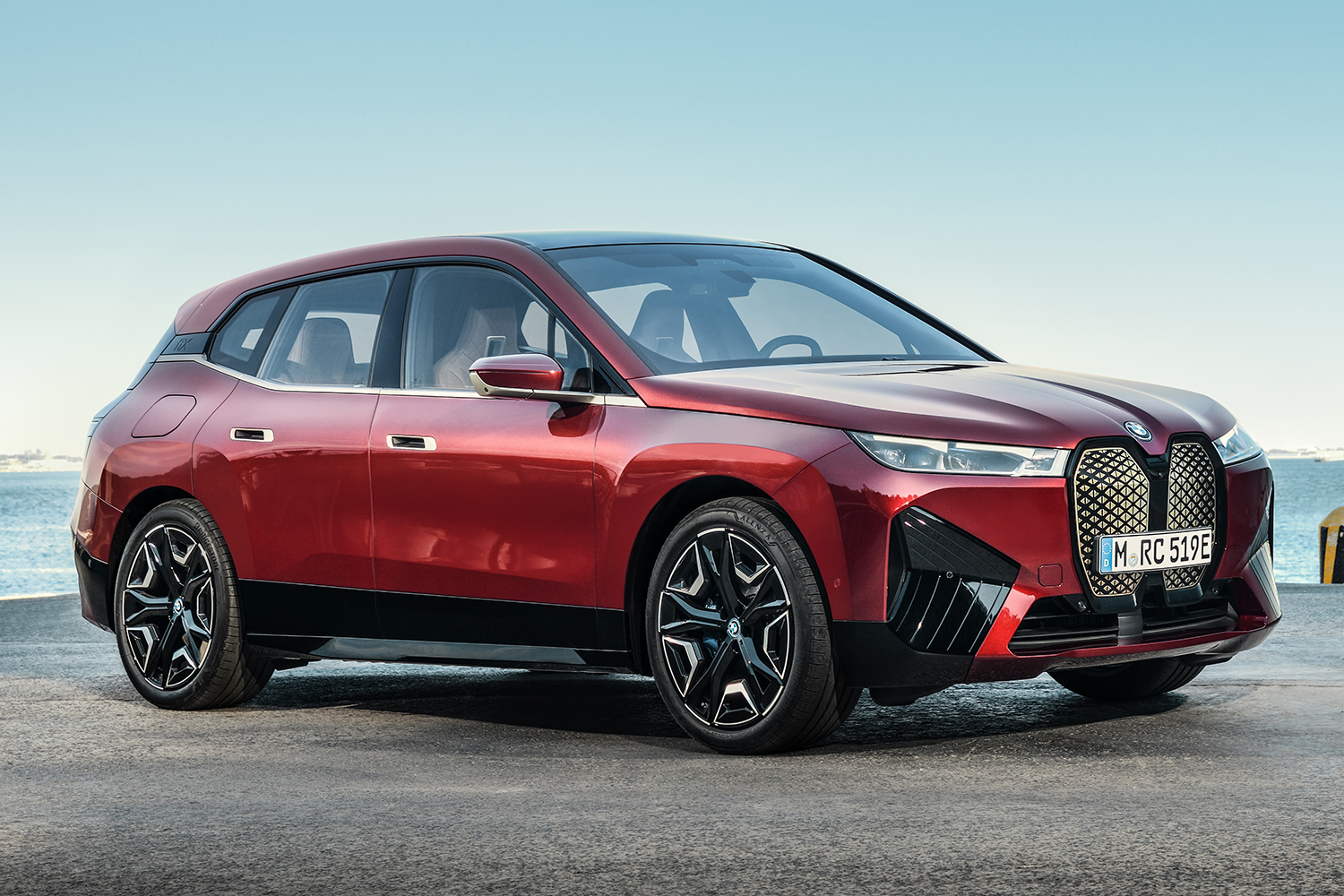
Strong Late-Inning Results
The decision to reorient BMW M in an SUV direction is a definite sign of the times, a clear indication that sport-utilities call the shots in product planning sessions across nearly every segment of the industry.
Still, it would be wrong to look at where the X path has led and conclude that it’s been successful entirely due to the vagaries of customer preference. Two other current BMW X family members show that hitting the mark in today’s sloshing SUV sea requires more than simply showing up.
First, there’s the BMW iX, an all-electric hauler that crosses the streams of the brand’s Project i (which was responsible for much of its original research into electrification) and X SUVs. Based on the iNext concept car that originally appeared in 2018, the iX’s extroverted looks stand in stark contrast to the wind-tunnel influence found on direct competitors like the Mercedes-Benz EQE SUV. The iX is joined by the iX1 outside of North America, which fun-sizes the EV experience down to a more affordable price point.
Consider, too, the BMW X7. It took the automaker longer than most of its rivals to truly embrace an enormous, three-row SUV flagship, as the company was largely content for its 7 Series sedan to handle that role. The fading relevance of full-size four-doors in the luxury world, however, made the arrival of the X7 a must. Since 2018, the model’s range has grown considerably, with hybrid, twin-turbo six-cylinder and V8 editions, and even an Alpina variant (the XB7) reflecting its popularity. Like the iX, it has taken somewhat of a styling and driving character edge over several of its rivals, indicating that BMW’s X equity remains strong.
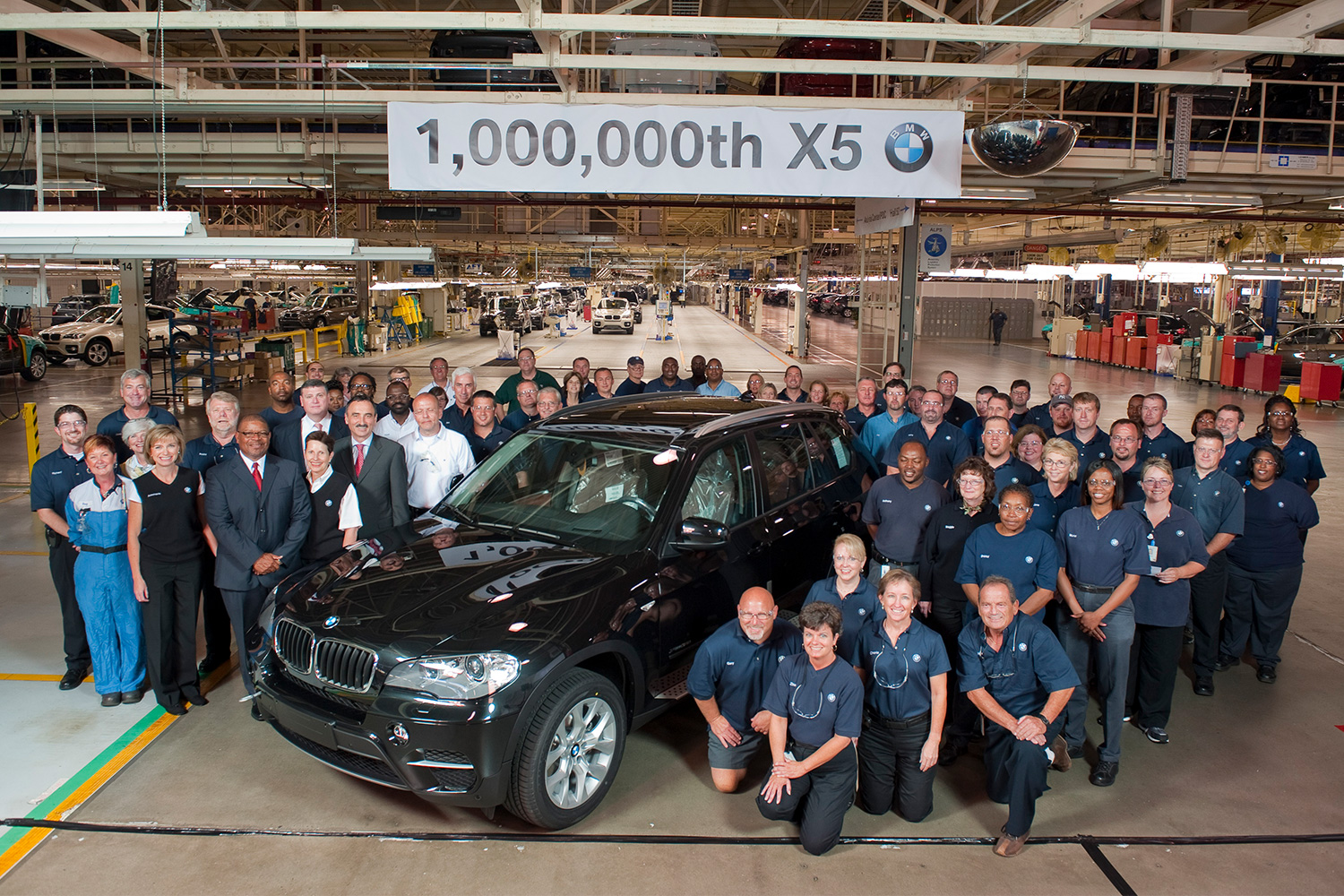
The Future of the X Series
BMW was quick to abandon off-road credibility with its X SUVs and instead pursue the twin pleasures of practical interior space along with increasingly muscled-up drivetrains that put a smile on the face of American buyers content to win stoplight drag races without having to unbuckle the baby seat from the second row. In that way, it’s fair to say that the brand’s wagon experience informed its sport-utility experimentation perhaps more so than other European brands more concerned with out-trucking each other.
It’s a long-term outlook that has paid off handsomely. For every complaint about diluting the M division, there are well over 150,000 BMW SUVs sold in the U.S. every year, a figure that was once again be cracked by the combined forces of the automaker’s X army. BMW of North America reported 203,771 X models sold in 2023 — considerably more than half of the brand’s total American sales, a figure that reflects the sheer variety of sport-utilities offered by the company, and their availability at nearly every economic rung.
One day, consumer tastes may shift away from the tall-riding, bulky-at-the-back models that currently rule the roads. Until then, BMW X has a little more history to lay down.
This article was featured in the InsideHook newsletter. Sign up now.
